This 3D Model consists of files in StereoLithography (.Stl) format that is optimized for 3D printing.
Before printing the files, we strongly recommend reading the PRINTING DETAILS section.
Droideka 3D Printing Model comes in 2 versions for FFF/FDM and DLP/SLA/SLS 3D printers. Files for both versions are available for download after purchase.
Detailed information about this 3D printing model is available in the DESCRIPTION section.
ABOUT THIS 3D MODEL
Droidekas are a type of dangerous and deadly droids of the Separatist/CIS army that dramatically roll themselves into a battle and guarantee a merciless attack on the opponents. Unlike Battle Droids that were produced in millions of copies, the Destroyers are far more expensive and extremely effective thanks to their impressive defensive and offensive armament. While standing on its three sharp legs the Droideka can simultaneously utilise its personal deflector shield generator and fire at a target using two twin repeating blaster cannons! After that, the Droideka can swiftly curl into a ball and travel to the next target at a surprisingly rapid pace. The manner of Destroyers’ transformation and transit earned droids the “Rollies” nickname and the reputation of formidable and murderous enemies to stand against. The author of the fantastic Droideka model for 3D printing reportedly dedicated circa 150 hours for the iconic Destroyer to roll into the 3D printed collections of Star Wars fans. Similarly to its on-screen counterpart, the 3D printing Destroyer Droid is heavily armed, carrying twin high-energy blasters on each of its arms. The slim sensor head is equipped with a pair of non-visual composite radiation sensor antennas and a single primary sensor antenna that vaguely resemble the robot’s eyes and nose. The round Droideka’s backshell plate looks perfectly ready to furl into a compact wheel in a matter of seconds making the Destroyer a smaller and speedier target for the opponents. The 3D artist also made sure to equip the droid with the deflector shield projector plates, making the Droideka almost invincible to be defeated by an unprepared brave spirit. Boasting the one-of-a-kind silhouette, the Droideka 3D printing model will become a unique piece of Colicoids’ technology on your display shelf!
ADAPTATION FOR 3D PRINTING
Droideka model for 3D printing is a highly articulated action assembly model and its moderation and adaptation for different types of 3D printers took Gambody team 48 hours in total. In order to ensure the transformation and multidirectional movement of the Destroyer, it was divided into many assembly parts and special mechanisms were introduced into all model’s joints to give you an opportunity to display the droid in a variety of positions, i.e. its backshell plate, sternum plate, censor head, spinal power cell series, twin high-energy blasters, shield plates, legs, foot claws, etc. come as separate assembly parts. The pistons (arm extensor struts) on Droideka’s arms and the neck are retractable. For you to introduce hydraulic cables that connect the Droideka’s parts in the model’s FFF/FDM 1.0 version we recommend that you use the 1.75mm PLA filament and insert its pieces into designated holes that are designed to fit securely the diameter. The assembly of some of Droideka’s parts (like deflector shield projector plate) requires additional “pins”. These pins do not come in STL files as well but can be made out of short pieces of regular 1.75 PLA. All assembly parts are provided in STL files in recommended positions that were worked out in order to ensure the smoothness of the details’ surfaces after printing and so that the 3D printing beginners won't face difficulties when placing the parts on a build plate. The joints that ensure the droid’s movability and transformation are provided as separate files as well for you to be able to print them again if the joints' friction happens to lose rigidity. The cutting in the droid's FFF/FDM and DLP/SLA/SLS versions was made taking into account the peculiarities of each 3D printing technology. We highly recommend that you watch "Assembly video" in the photo preview section before assembling the Droideka. When downloading any model's file you will also receive "Assembly Manual" for FFF/FDM 1.0 and DLP/SLA/SLS 1.0 versions in PDF format.
The model is saved in STL files, a format supported by most 3D printers. All STL files for 3D printing have been checked in Netfabb and no errors were shown.
The model's scale was calculated from Droideka's actual height that is 1750 mm. The 3D printing model's chosen scale is 1:8 for the FFF/FDM version and 1:16 for the DLP/SLA/SLS version.
VERSION SPECIFICATIONS
FFF/FDM 1.0 version features:
- Contains 47 parts;
- A printed model is 228 mm tall, 156 mm wide, 192 mm deep;
- Droideka can be transformed into a ball;
- Each droid's joint (head, neck, "pelvis", sternum, shoulder, elbow, wrist, hip, knee, and shields) is articulated which allows the model's multidirectional movement and transformation;
- This version's assembly requires additional “pins” to secure the parts. These pins do not come in STL files but can be made out of short pieces of regular 1.75 PLA;
- Hydraulic cables that connect the Droideka's parts are not provided with STL files. You can use 1.75mm filament of your choice and insert its pieces into designated holes;
- The pistons on the Droideka's arms are retractable, i.e. they move when you bend the model's articulated arms;
- For the highly articulated Droideka to stand firmly in any position you may choose there was a ratchet mechanism introduced in the model’s shoulder, sternum, and hip joints;
- It is highly recommended that you watch "Assembly video" in the photo preview section and read "Assembly Manual" in PDF before assembling the Droideka;
- All parts are divided in such a way that you will print them with the smallest number of support structures.
DLP/SLA/SLS 1.0 version features:
- Contains 20 parts;
- A printed model in combat stance (P1) is 114 mm tall, 78 mm wide, 96 mm deep;
- intermediate position (P2) is 101 mm tall, 86 mm wide, 109 mm deep;
- wheel form (P3) is 74 mm tall, 68 mm wide, 71 mm deep;
- Comprises parts for you to assemble Droideka in any of three static poses - combat stance, intermediate position, wheel form;
- All parts are divided in such a way to fit the build plates and to ensure that support structures are generated where needed.
FFF/FDM (Old version), DLP/SLA/SLS (Old version):
- Comes in 1:10 scale;
- Contain 47 and 48 parts respectively;
- When printed both versions stand 177 mm tall, 121 mm wide, 149 mm deep;
- The initial versions of the Droideka model that were uploaded in an incorrect scale;
- These versions' features correspond with the ones of the FFF/FDM 1.0 version.
WHAT WILL YOU GET AFTER PURCHASE?
- STL files of Droideka Model for 3D printing which consist of 67 parts;
- 2 versions of files for this model for FFF/FDM and DLP/SLA/SLS;
- High-poly detailed model of Droideka;
- Assembly Manual for FFF/FDM 1.0 and DLP/SLA/SLS 1.0 versions in PDF format;
- Detailed settings that we provide as a recommendation for Cura , Simplify3D and Slic3r for the best print;
- Full technical support from the Gambody Support Team.
You can get the model of Droideka for 3D Printing immediately after the purchase! Just click the green Buy button in the top-right corner of the model’s page. You can pay with PayPal or your credit card.
Watch the tutorial on how to assemble Droideka 3D Printing Model at Gambody YouTube channel.
Also, you may like other Space War Online 3D Printing Figurines as well as other Droid 3D Printing Models.
_______
FAQ:
Where can I print a model if I have no printer?
How to get started with 3D printing?
How to set up my 3D printer?
How to choose right 3D model print bed positioning?
How to paint printed figurine?
Generic
Below you can find printing recommendations for Cura, Bambu Studio, Simplify3D, Slic3r and PrusaSlicer software.
Disclaimer: The following printing settings are a recommendation, not an obligation. The parameters can vary depending on the peculiarities of your 3D printer, the material you use, and especially the particular assembly part you are working with. Each part that any model comprises often needs preliminary review, and you are free to tweak the settings the way you find suitable.
Note:
You can scale up the model (downscaling for FFF/FDM 3D printers is not recommended!);
All connectors should be printed at 100% Infill.
Bambu Lab printing recommendations:
These basic 3D printing settings recommendations for beginners were tested in Bambu Studio 1.9.1. Test models were printed on the Bambu Lab A1, Bambu Lab A1 Mini, Creality Ender 3 S1, Anycubic Kobra 2, and Anycubic Vyper using PLA and PETG filaments.
To avoid printing problems, we recommend the following settings: download
Cura printing recommendations:
These are averaged settings which were tested in the Cura 5.2.1 slicer. Test models were printed on Anycubic Vyper, Creality Ender 3 Pro with PLA filament.
To avoid printing problems, we recommend the following settings: download
Simplify3D printing recommendations:
These are averaged settings which were tested in the Simplify3D 5.0.0 slicer. Test models were printed on Anycubic Vyper, FLSUN v400, Ender3 S1 with PLA filament.
To avoid printing problems, we recommend the following settings: download
Slic3r printing recommendations:
These basic 3D printing settings recommendations for beginners were tested in Slic3r 1.3.0 software. Test models were printed on Ultimaker 2, Creality Ender 3, Creality Cr-10S pro v2, Anycubic I3 Mega, Anycubic I3 MegaS, Anycubic Vyper with PLA and PetG filaments.
To avoid printing problems, we recommend the following settings: download
PrusaSlicer printing recommendations:
These basic 3D printing settings recommendations for beginners were tested in PrusaSlicer 2.3.1. Test models were printed on Ultimaker 2, Creality Ender 3, Creality Cr-10S pro v2, Anycubic I3 Mega, Anycubic I3 MegaS, Anycubic Vyper with PLA and PETG filaments.
To avoid printing problems, we recommend the following settings: download

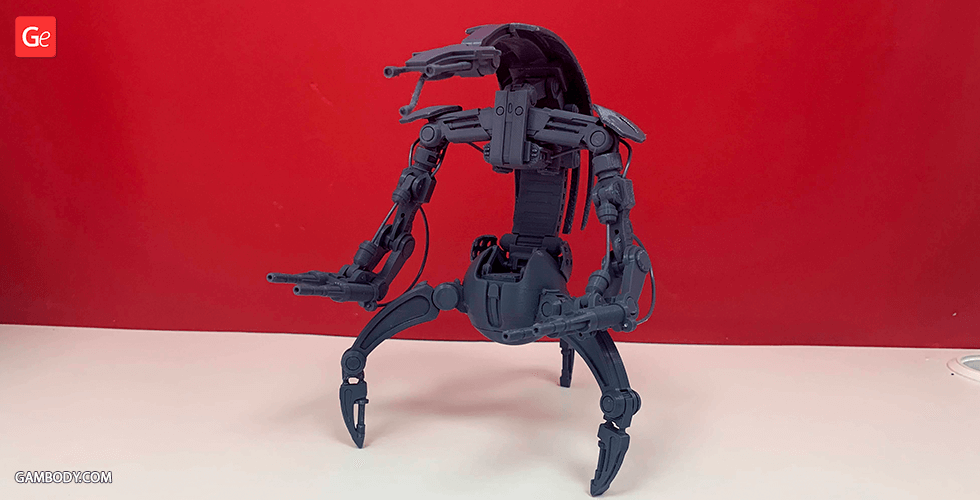
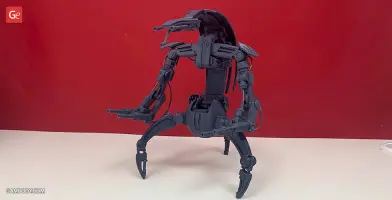
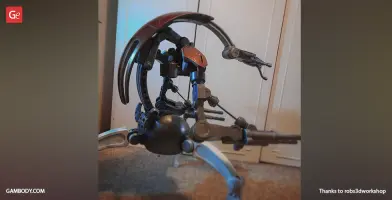
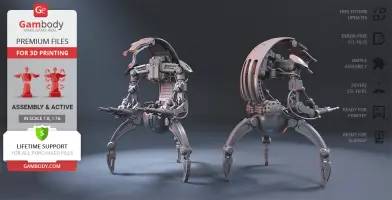
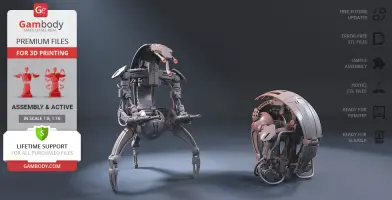
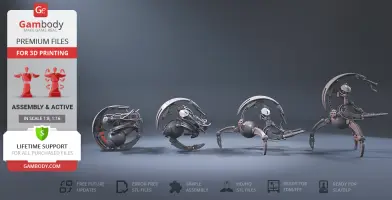
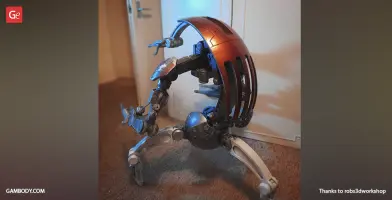
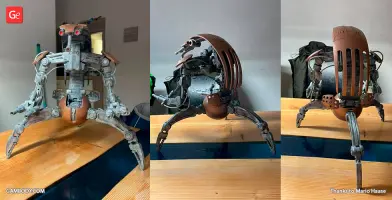
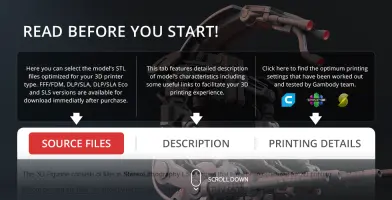
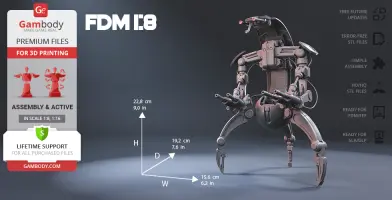
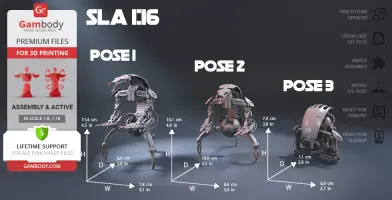
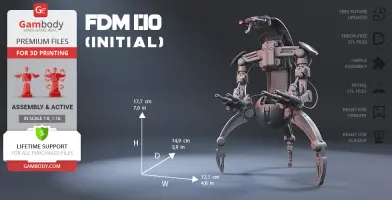






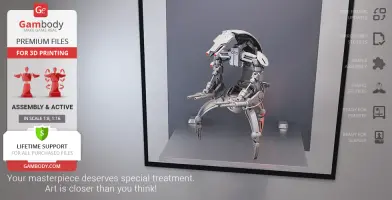
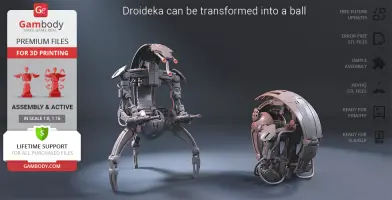
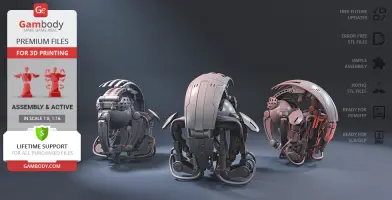
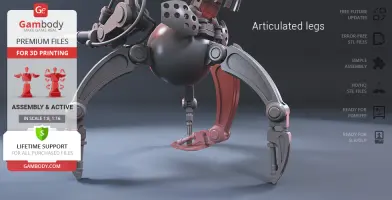
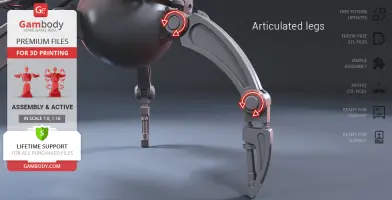
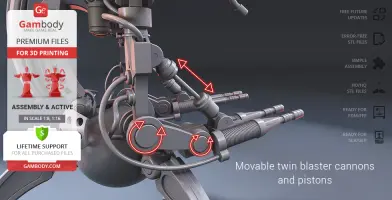
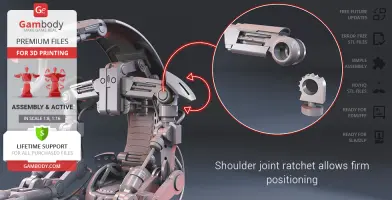
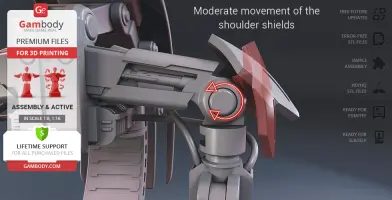
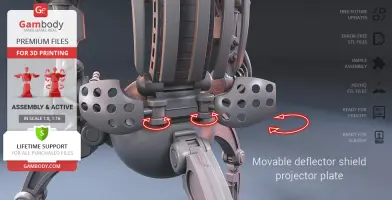
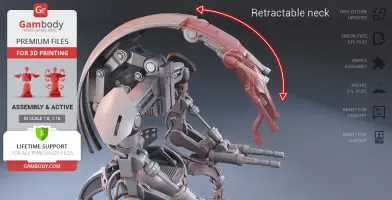
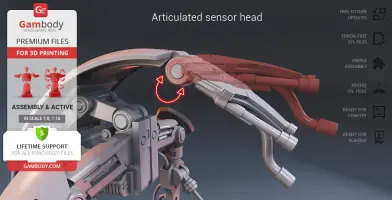
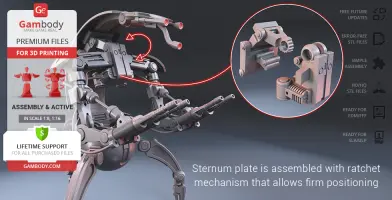
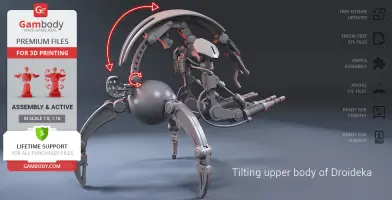
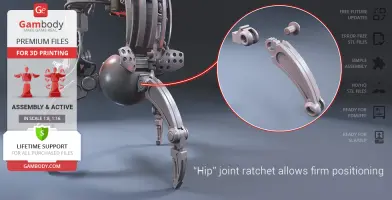
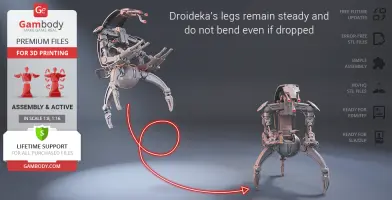
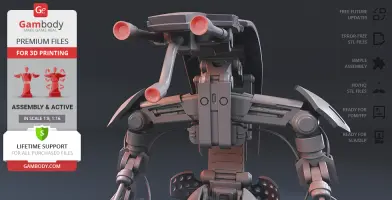
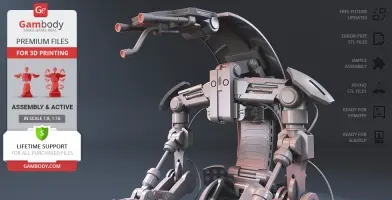
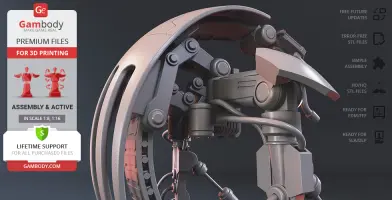
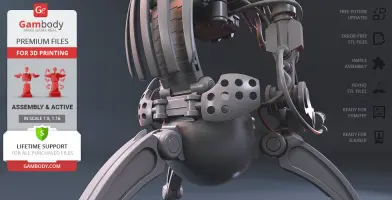
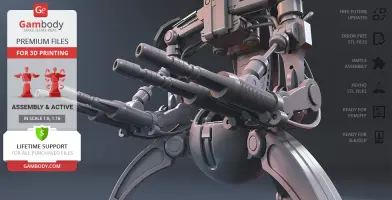
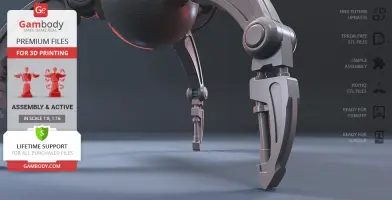
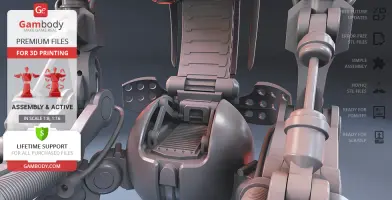
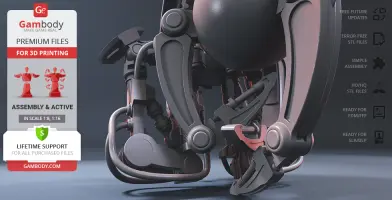
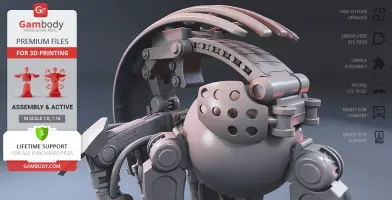
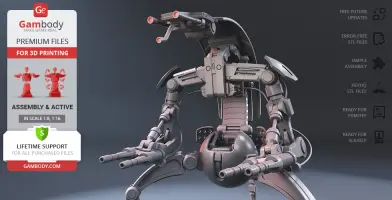
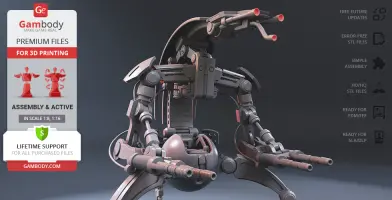
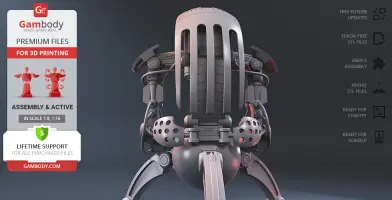
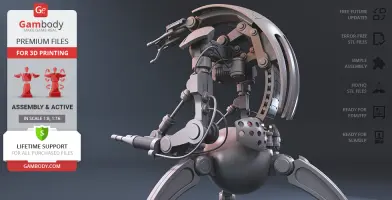
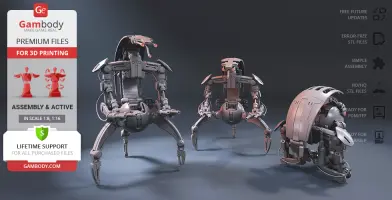
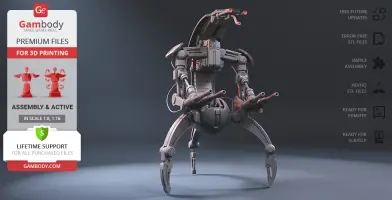
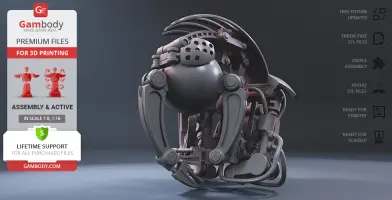
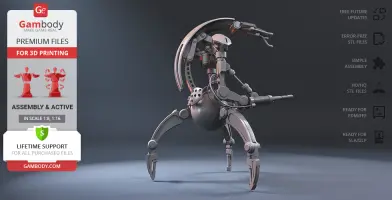
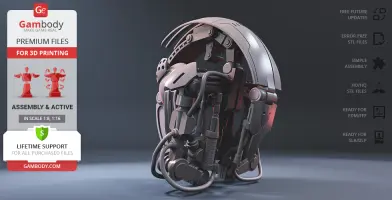
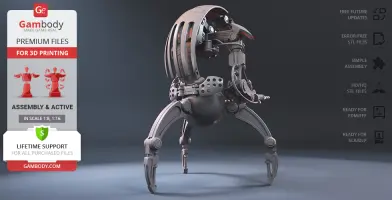
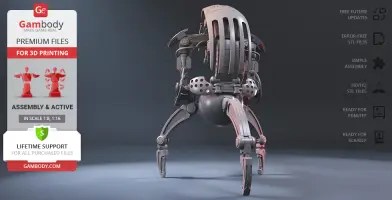
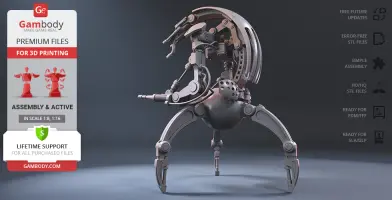
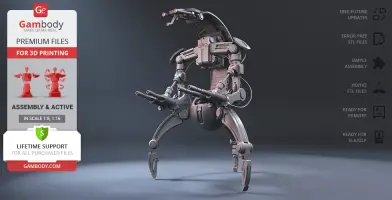
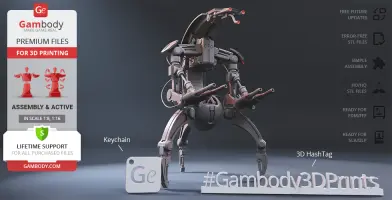
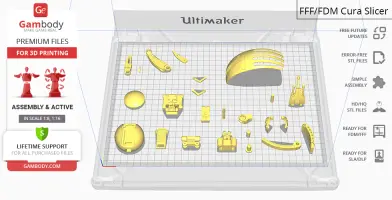
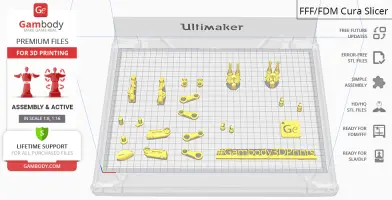
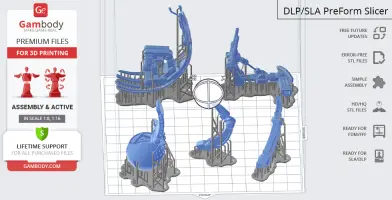
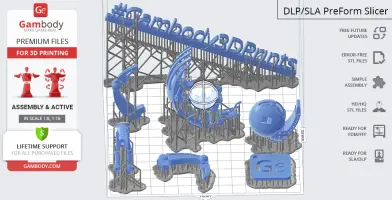



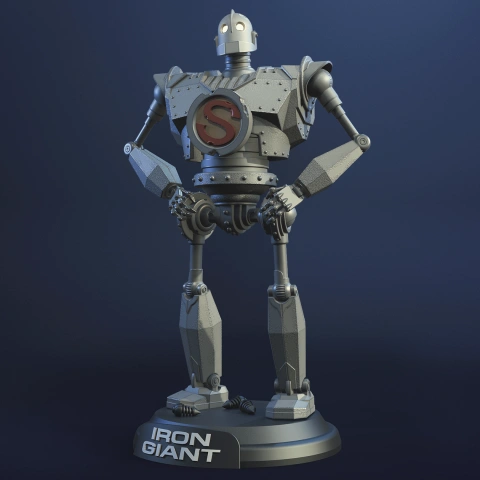
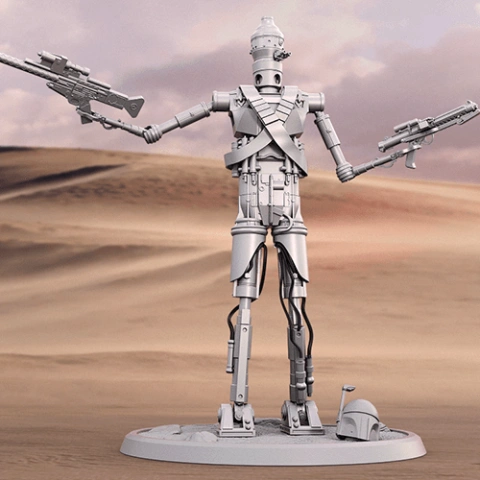
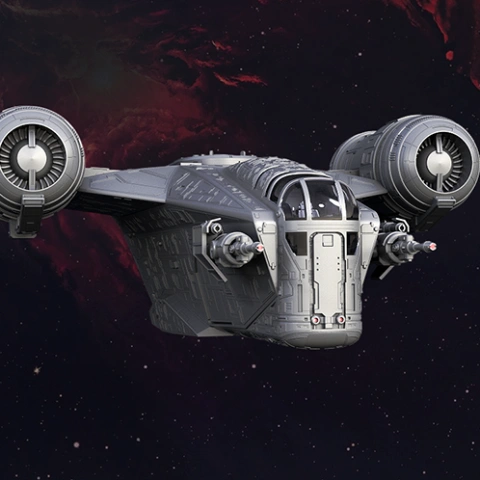
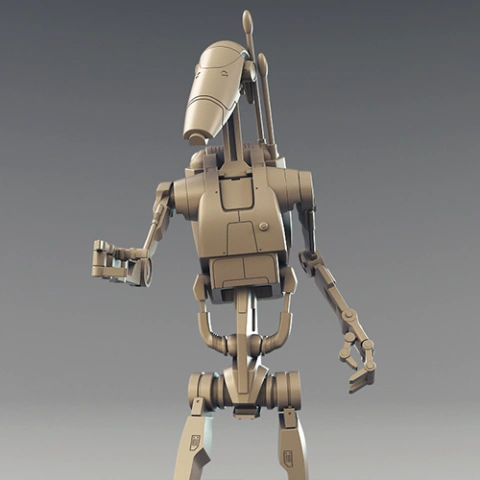
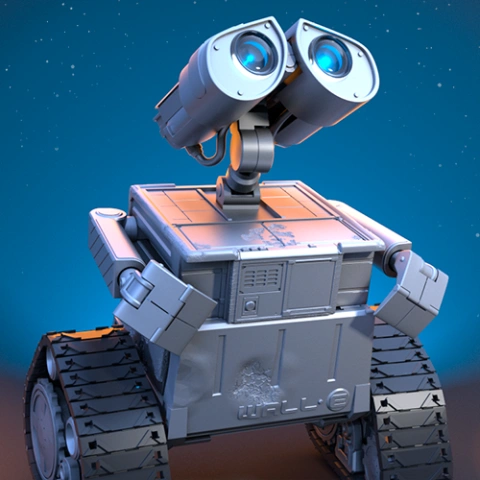
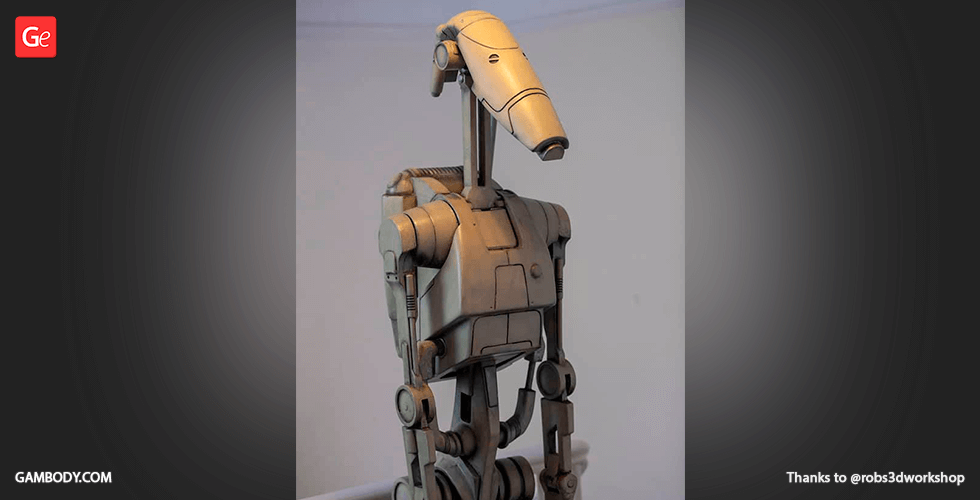
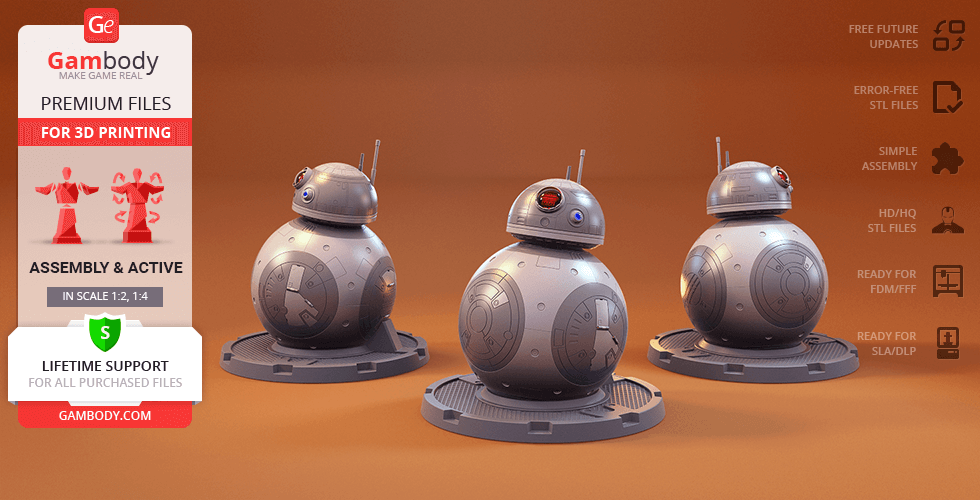
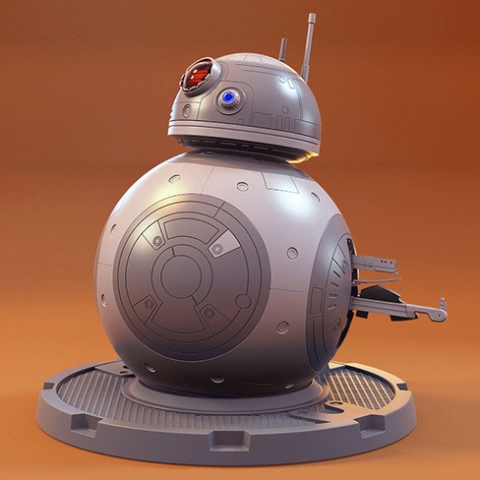
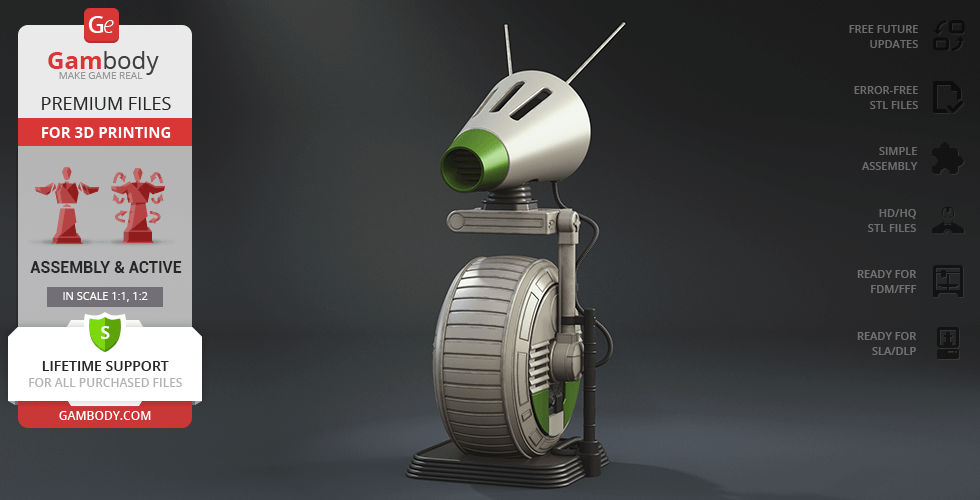
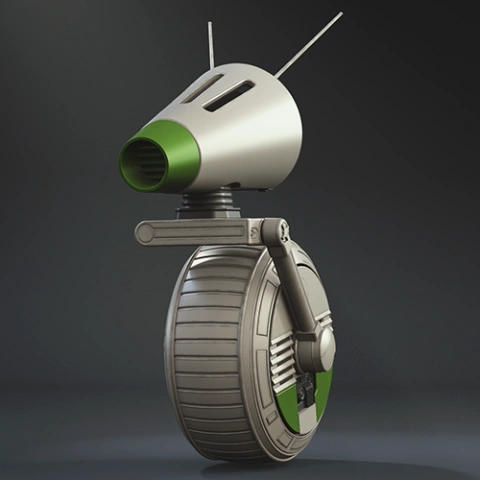
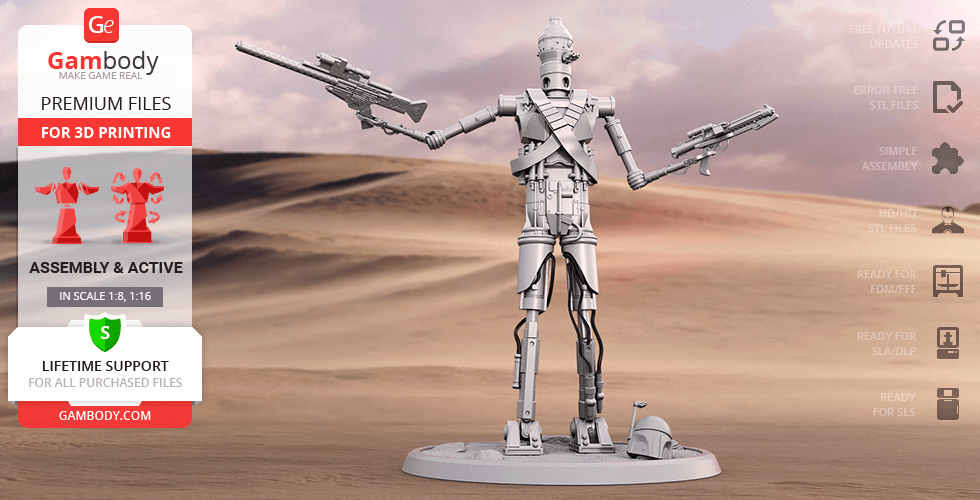
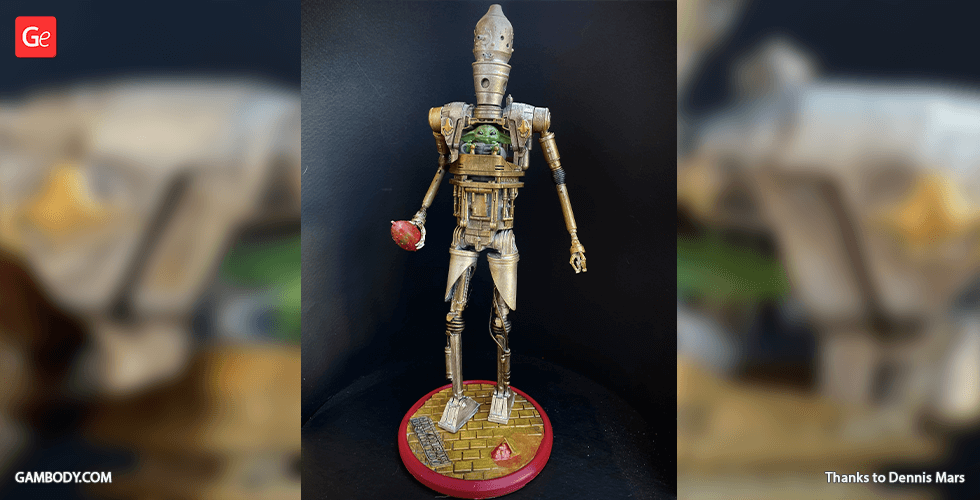
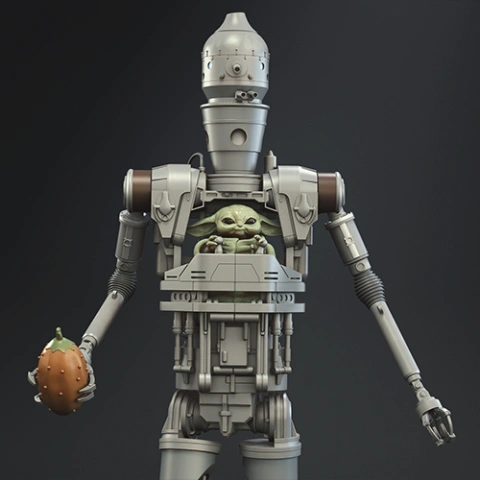
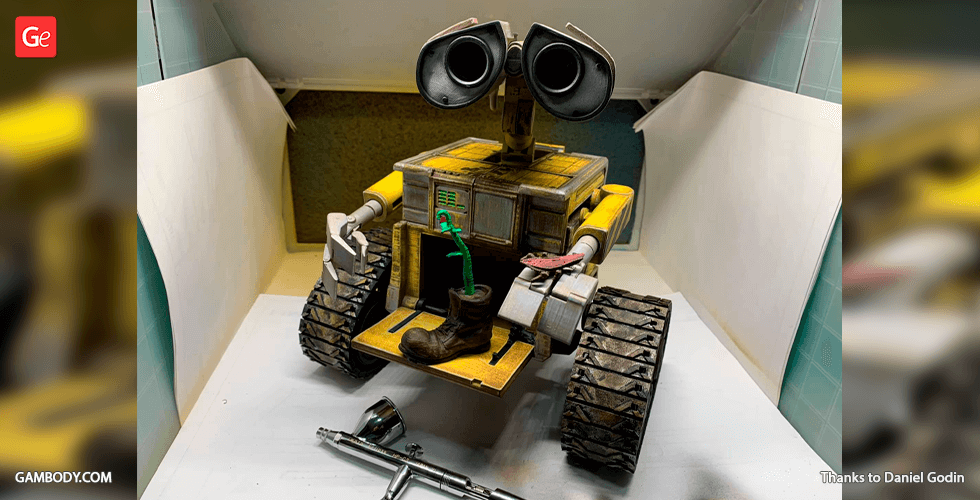
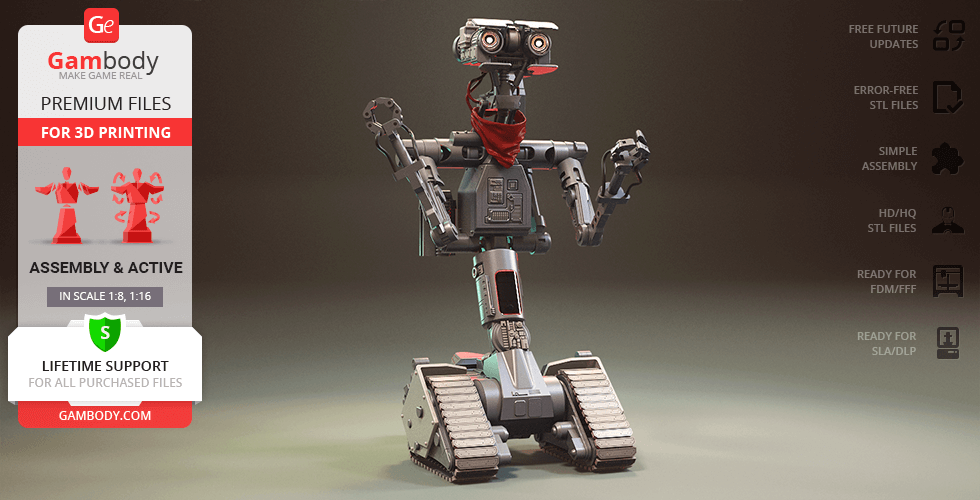
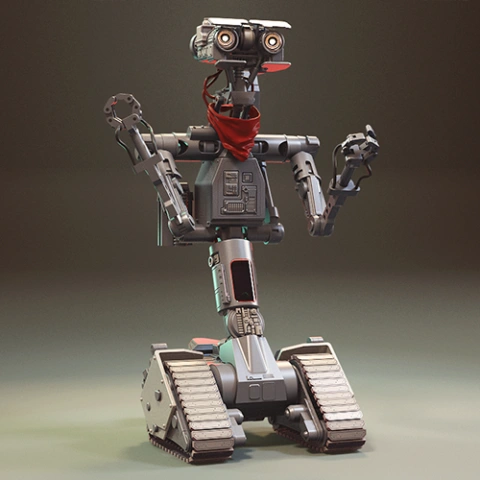
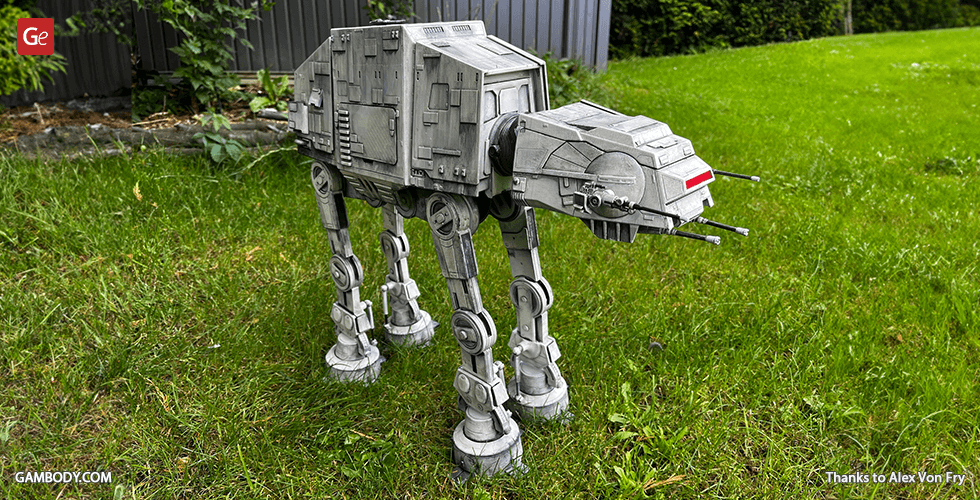
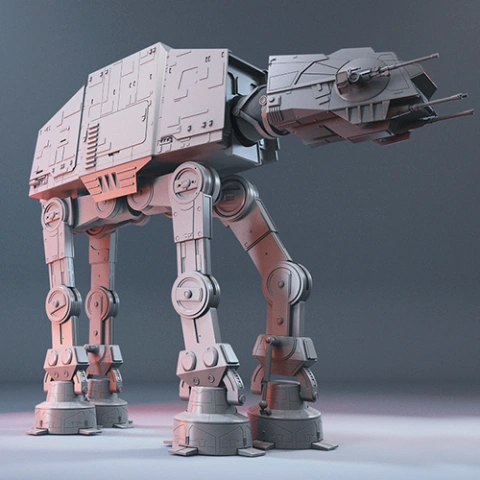
Comments